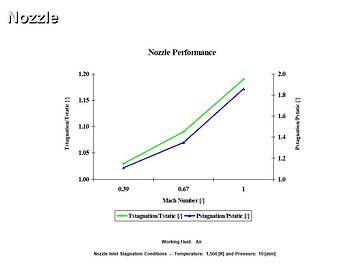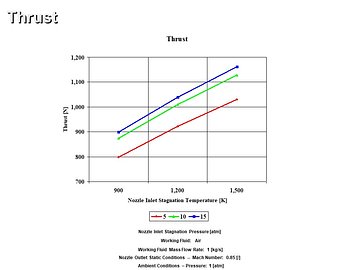Advanced Compressible Flow Components Analysis
English
30-Day Money Back Guarantee
Full Lifetime Access
Self-Paced
Finish in
60 mins!
Finish in
60 mins!
Made for for
Employees
and
Supervisors
Employees
and
Supervisors
No Certificate
Provided
Provided
Mobile -
Friendly
Access
Friendly
Access
What you'll learn
In this course, the student gets familiar with the compressible flow components and their T - s diagrams
Ideal operation and major performance trends
Skills covered in this course
Description
The ideal subsonic nozzle, diffuser and thrust analysis is presented when air, argon, helium and nitrogen are considered as the working fluid. The technical performance of mentioned compressible flow components is presented with a given relationship between temperature and pressure as a function of the Mach Number.
This course material provides the compressible flow components T - s diagrams and their major performance trends (stagnation over static temperature and pressure ratio values) are plotted in a few figures as a function of the Mach Number.
Table of Contents
Nozzle
Analysis
Assumptions
Governing Equations
Input Data
Results
Conclusions
Diffuser
Analysis
Assumptions
Governing Equations
Input Data
Results
Conclusions
Thrust
Analysis
Assumptions
Governing Equations
Input Data
Results
Conclusions
Author
His engineering professional experience of forty (40) years includes performing analytical modeling and computer modeling of physical properties, power cycles, power cycle components/processes and compressible flow components. Also, it includes conducting conceptual design, analysis and evaluation of energy conversion systems for basic and simple power and propulsion cycles.






